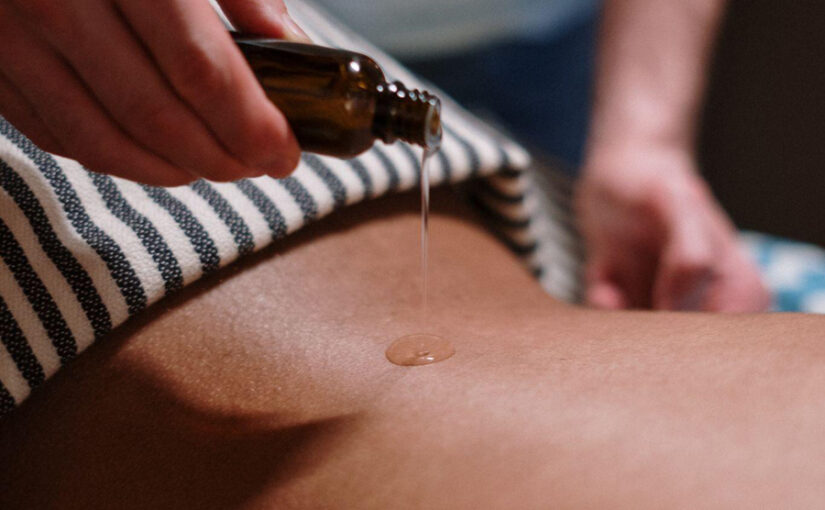Pregnancy is frequently portrayed as a pleasant period of nine months, but the physical reality of carrying another human being sometimes involves a slew of ailments that may usually benefit from the skills of a massage therapist.
Massage therapists who wish to work with pregnant women must understand how prenatal massage therapy may best serve them and the precautions and contraindications that will help guide every massage session. Despite the need for improved awareness and a deeper knowledge of pregnancy, there is substantial evidence supporting massage therapy’s numerous benefits during the prenatal, labor, and postpartum periods.
Pregnancy Massage Advantages include:
- Relieving back and leg pain
- Reducing childbirth labor pain
- Reducing postoperative discomfort
- lowering anxiety and stress
- Boosting mood and alleviating sadness
- Insomnia relief
Massage During Pregnancy Supported By Research
Massage therapy’s benefits during pregnancy have been confirmed by research dating back two decades, with a 1999 study published in the Journal of Psychosomatic Obstetrics and Gynecology finding reduced anxiety, improved mood, better sleep, and less back pain among expectant mothers who received a massage service twice weekly for five weeks.
Modifications To Massage Or Contraindications
What disorders are connected with pregnancy, and how can they affect your treatment? Even the most common symptoms caused by hormonal and structural changes in the body may necessitate alterations. These are some examples:
Morning Sickness
There is a lot of evidence that massage helps with this frequent problem. It is advised that the client’s upper body be elevated and that rocking or shaking techniques be avoided.
Heartburn
Place clients on an incline to alleviate any reflux. When clients are in a side-lying posture, propping beneath the belly can raise the abdomen, releasing tension from the gastric sphincter and relieving pain.
Lower Back Pain
Varicose veins can indicate blood pooling and, possibly, a blood clot. Working thoroughly in the lower back helps with this common problem, but only to a degree. Experts advise against massage on top of varicose veins. Avoid applying extended effleurage strokes up the legs if you have extensive varicose veins or edema. Work on simply the feet, but don’t start at the ankle and glide up to the hip.
Pregnancy Diabetes
Blood sugar levels must be under control before the massage is permitted. You can ask pregnant clients to check their blood sugar if they have a glucometer.
Swelling (Edema)
The swelling usually develops midway through or later in the pregnancy, particularly in the calves and feet. However, swelling in the face or hands might signal pre-eclampsia, characterized by a potentially severe increase in blood pressure.
Positioning is critical for pregnant customers. Doctors and midwives advocate the side-lying position to guarantee placental and fetal circulation. The left side-lying place is the safest since it provides optimum heart activity and fetal oxygenation.
Positioning clients on their backs can cause supine hypotensive syndrome, which causes dizziness, weakness, nausea, and shortness of breath when blood pressure lowers owing to vena cava compression.
Massage strokes used on pregnant women include petrissage, effleurage, compression, feathering, mild stretching, lengthening, and cranial sacral treatment. Other treatments that target the body’s many parts, including deep tissue, myofascial work, active and passive stretching, neuromuscular trigger point therapy, and other forms of rhythmic movement, are likely to be the most useful.

